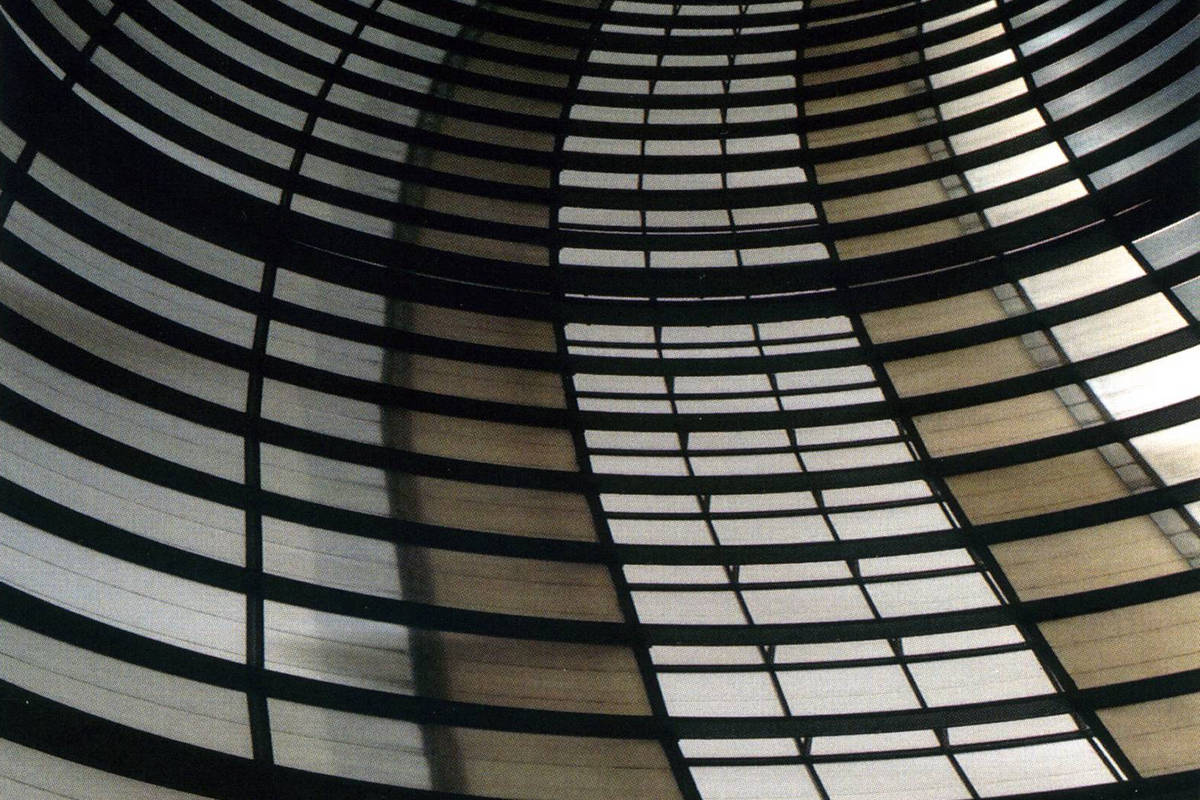
Nearly 40 years have passed since Spanish sound artist Francisco López‘s earliest releases. Whatever else has changed throughout those four decades of creativity, one thing has remained consistent: his use of the word ‘Untitled’ for his output. Not always, of course, but aside from a few exceptions, López’s output has been a gradually increasing number of untitled works, the most recent of which, Untitled #400, has recently been released. ‘Untitled’ in art can often seem pretentious or unnecessarily obscurantist, but it’s always seemed entirely appropriate for the particular way López explores and interacts with sound, not so much looking for ‘meaning’ as treating sound as an end in itself, a substance that can either be actively moulded and sculpted or simply allowed to exist in more passive, unchanging forms. (The latter approach typified his earliest Untitled works from the mid-1980s.) Both are presented as self-contained sonic sculptures that invariably seem to derive their musical nature, qualities and properties entirely from the sounds themselves, rather than from imposed structural / narrative compositional whims and desires. Titles are hardly relevant in such a context as that.
In Untitled #400, the source of its sounds is a ‘stringless piano’, developed by López in collaboration with Dutch pianist Reinier van Houdt. The instrument – or, in López’s words, “acoustic non-instrument” – consists of the structural frame of a piano, including all its inner mechanics (keys, hammers, etc.), effectively rendering it an elaborate unpitched percussion instrument. The work comprises two movements, the first performed by van Houdt on the stringless piano, the second created by López as a “studio-evolved construction” using the sounds from the first movement. The fact that one is acoustic, the other electronic, is irrelevant from the perspective of unity, and indeed continuity: they sound utterly related to each other, the latter being an ambitious elaboration of the former.
In movement 1, effectively an 18-minute study of mechanical impacts, there’s an interplay between regularity and some combination of irregularity, superimposition and convolution. We’re initially presented with a clunky repeating pattern, but before long its clarity is being gently undermined. There’s a fascinating complete contrast to this around six minutes in, when everything familiar is instantly lost in a lengthy sequence that’s all about friction, tension and tautness, its abstract squeakiness giving the impression of considerable pent-up pressure, as if it could all explode at any moment. When the clunkiness returns it’s faint, but even when strengthened is still rhythmically perplexing, either the confused product of multiple overlapping patterns or an actual mess of unsynchronised clatter.
The way this plays out through the remainder of the movement is fascinating, sounding as if van Houdt were caught in a struggle with the stringless piano, attempting to get the impacts organised again – or even, more intriguingly, as if it were all the product of a machine trying to restore metric sense to its chaotically glitching output. The conclusion of movement 1 begs the question of when and if a collection of individual sounds becomes a texture, when, having reduced to just a single repeating clonk, parallel bands of percussive activity spring up alongside it, in the process making it hard to decide whether they’re coalescing or remaining distinct from each other.
The much longer (37-minute) second movement develops the sounds and ideas from the first. Most obviously, the sonic palette is greatly expanded, the sounds of the piano processed so as to create new elements that evoke sustained pitch (essentially absent from movement 1), leading to new forms of juxtaposition. This leads to an even greater ambiguity of texture, partly because the identity of certain elements isn’t always clear or apparent due to being heard in parallel with others while also undergoing evolution. A striking example of this appears a little after seven minutes, in a discreet layer of noise that suggests an underwater environment (in fact, arguably another layer suggests this too, featuring motes of high-pitched patter also typical of hydrophonic recordings); over the next few minutes that suggestion only becomes more emphatic, though unexpectedly also gives the impression of breathing.
This section is one of relative clarity but the most impressive aspect of movement 2 are the huge stratiform climaxes that López accumulates. First, there’s that textural ambiguity again, where the question of to what extent elements are distinct from each other, playing out in parallel, or are sound objects interpenetrating and merging with each other before splitting apart becomes difficult to fathom. In tandem with this, though, is the way López balances enormity with clarity, arriving at colossal agglomerations that in lesser hands would simply become walls of noise and overload, but which in Untitled #400 always remain intricately, clearly detailed, the filigree and inner workings of each element audibly changing, though, due to the multiplicity of activity, somewhat elusive to pinpoint exactly what’s going on. Furthermore, the implied power of these vast episodes is proved illusory, López not merely wielding control over them but evaporating them in an instant, reducing the combined weight of wind, pitch, squeak, scratch, pressure and a myriad impacts to either a solitary slow clunk or, towards the end, a beautiful soft ringing. Even as movement 2 ebbs away, shrunk to inscrutable sounds emanating from somewhere distant, it remains compelling due to the implication that, although quiet, it nonetheless continues to possess considerable power, heard in deep bass flexing.
Though capricious and unpredictable, there’s both logic and sense to the twin narratives heard in Untitled #400. As always with López, they’re narratives that are bound up entirely with the nature of the sounds themselves – what they want to do, where they want to go – but which are always coherent, and at their height, stunningly exciting.
Released last month by Italian label i dischi di angelica, Untitled #400 is available on CD and download.